Space Dingus is a spiritual sequel to Death Road to Canada
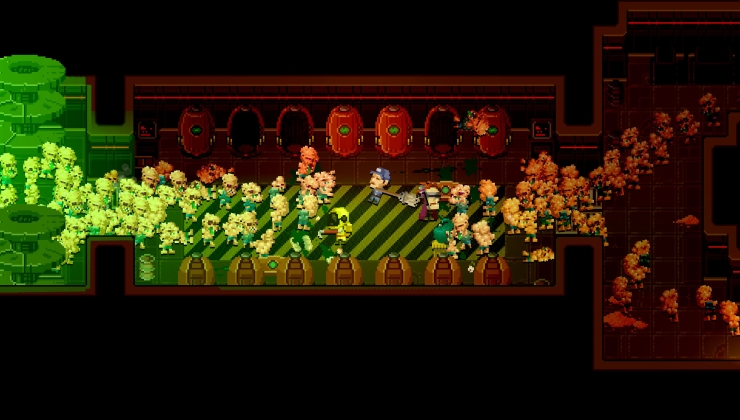 .
.
Read the full article on GamingOnLinux.
 .
.
Read the full article on GamingOnLinux.
 .
.
Read the full article on GamingOnLinux.
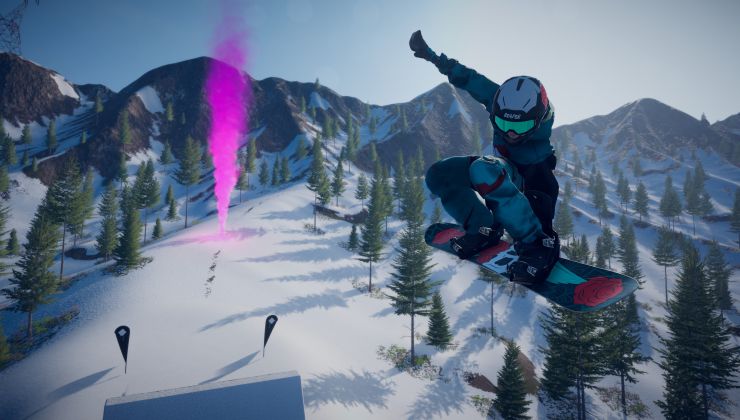 .
.
Read the full article on GamingOnLinux.
 .
.
Read the full article on GamingOnLinux.
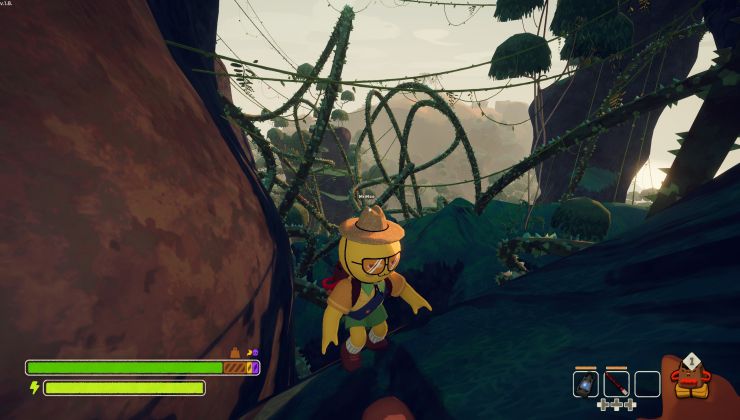 .
.
Read the full article on GamingOnLinux.

Fwupd 2.0.13 Linux firmware updater is now available for download with support for the HP USB-C 100W G6 dock and other changes. Here's what's new!
The post Fwupd 2.0.13 Linux Firmware Updater Adds Support for HP USB-C 100W G6 Dock appeared first on 9to5Linux - do not reproduce this article without permission. This RSS feed is intended for readers, not scrapers.
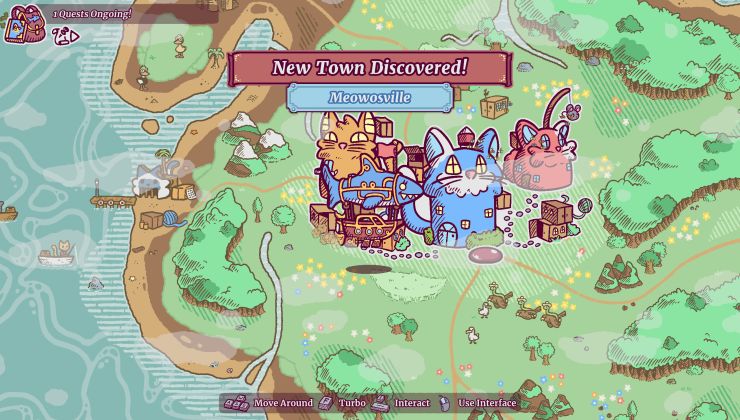 .
.
Read the full article on GamingOnLinux.
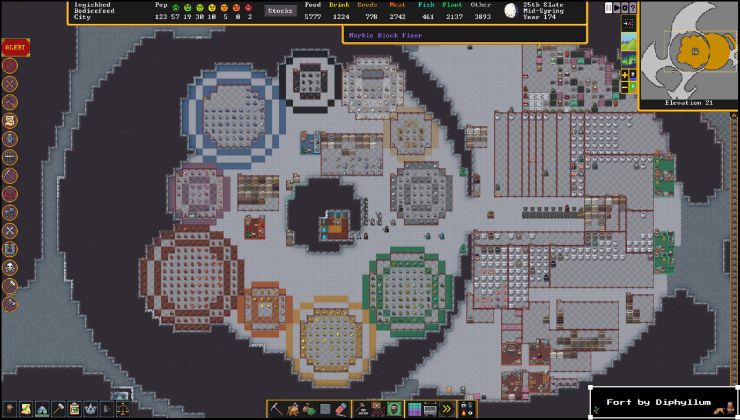 .
.
Read the full article on GamingOnLinux.
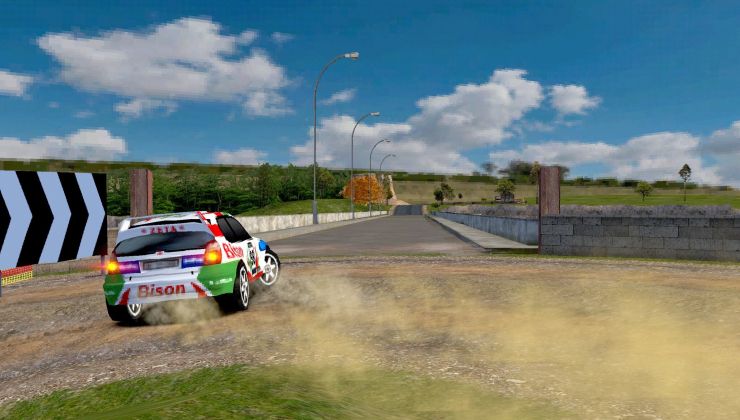 .
.
Read the full article on GamingOnLinux.
 .
.
Read the full article on GamingOnLinux.
Last year I reviewed the CrowView Note, a portable monitor with battery, keyboard and trackpad that makes it devilishly easy to use a Raspberry Pi as a laptop — albeit a laptop with a single-board computer sticking out the side!
As much as I love (and continue to use) the CrowView Note—the HDMI input lets you use anything with it, even a phone—it is far from elegant.
Argon Forty, makers of the most well-engineered and popular Raspberry Pi cases (the Argon ONE range), clearly took note and thought: “hold my fruit punch”.
The Argon ONE Up is a is a laptop computer powered by a Raspberry Pi Compute Module 5. Yup, the CM5, not the full-size Pi SBC.
You remove a panel on the bottom of the laptop, slot in your CM5 (and an M.2 SSD or expansion board, like the AI+ HAT), and bam: a Raspberry Pi-powered laptop. No SBC dangling out the side, and no super-thick chassis to house it internally.
Though this is not modular in the way the Framework line of laptops are (you can replace everything in those), the Compute Module can be swapped out (I’m not sure if alternative boards using the same connector exist, but if so: more choice) so there’s potential.
Here’s a video of the Argon ONE Up in production because, why not:
The Argon ONE UP is going to launch via a Kickstarter campaign sometime soon. No price or battery life details are known, but the aluminium alloy chassis houses:
Ports include:
There’s also an additional add-on able to connect to the USB Type-C ports to provide an external 40-pin GPIO header, with power button — these folks know their market.
So when can you buy one buy and how much will it cost?
As yet unknown.
Argon’s been teasing an upcoming Kickstarter campaign for a few weeks—it unveiled the ONE Up at a conference earlier this year—and a preview page for the campaign is live1 (but you can’t back it). Keep an eye there if you’re interested in getting one.
Argon Raspberry Pi products have a good rep in the community, and I’ve no doubt many of you reading will already own some – so shout out your kit in the comments!
 ︎
︎You're reading Argon ONE Up Laptop Runs on a Raspberry Pi CM5, a blog post from OMG! Ubuntu. Do not reproduce elsewhere without permission.
KDE Plasma is getting in on the rounded bottom window corners action in its next major release.
“Breeze-decorated windows now have their bottom corners rounded by KWin automatically! This feature is on by default, but can be turned off if you preferred the older style,” notes KDE’s Nate Graham in a roundup of recent changes.
Graham also who commented on the related merge request to note though the change is relatively small it “will make a lot of folks very happy.”
Here’s a screenshot of Dolphin, the KDE file manager, sporting those subtly smoother corners in current development builds of KDE Plasma 6.5:
The change is subtle.
KDE plans to ship this visual tweak in KDE Plasma 6.5 which is not out until later this year, so don’t go play hunt-the-rounded-bottom-corner in existing or older versions of the DE just yet.
It’s also not going to apply to all apps, only Breeze-decorated windows. Breeze is KDE’s default window decoration theme and is what provides the title bar, borders and window controls shown around around applications.
On Ubuntu, native GTK4/libadwaita apps already have rounded bottom corners. Though older GTK3 apps use sharp corners on the bottom of app frames, there are tools and workarounds to force them to use rounded bottom corners – the same as on KDE.
Third-party desktop customisation tools like KDE Rounded Corners are great at forcing apps to smooth out their jagged corners but they are not as efficient as a native, built-in approach.
Adding consistent corner radii to KWin (KDE’s window manager handles how windows appear and behave) will ensure content shown inside of a window isn’t clipped by radii; that system resources and video memory get used efficiently; outlines are drawn correctly, and so on.
Some popular apps use non-Qt toolkits or custom theme adaptations and may vary in whether they use these even when running on KDE Plasma 6.5. Firefox tested rounded bottom corners on Linux a few years ago, though the effort stalled and the browser recently binned its GTK and CSS theme tweaks.
Those with a preference for pointy window corners should not panic. Rounded corners will be enabled by default in Plasma 6.5 but KDE devs plan to provide a preference to allow users to pick their preferred approach.
If curvaceous bottoms are your thing, you’ll be able to opt for a sharper look.
You're reading KDE Plasma Adds Rounded Bottom Window Corners to Apps, a blog post from OMG! Ubuntu. Do not reproduce elsewhere without permission.
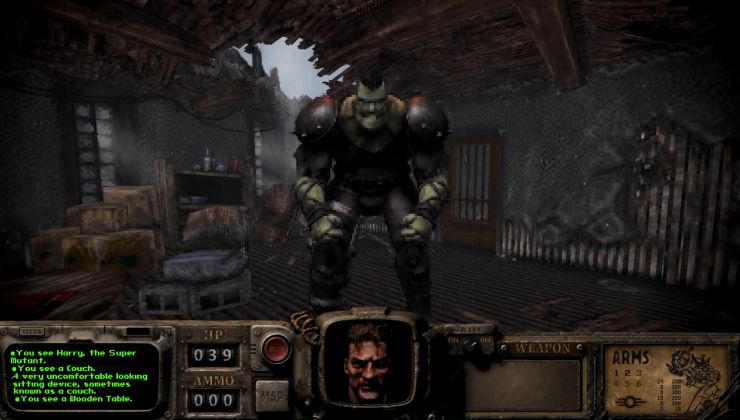 .
.
Read the full article on GamingOnLinux.